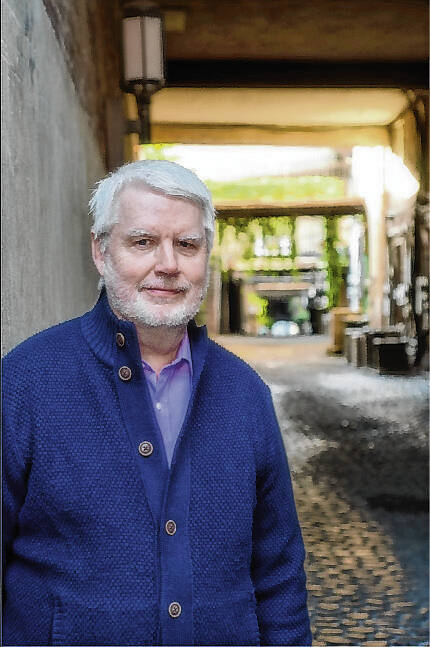One of the most familiar Zen koans, or puzzles, is the question, “If a tree falls in the forest and no one is around to hear it, does it make a sound?”
In an unexpected way, science has discovered an answer to the question. And the scientific answer to the ancient koan is “yes, a falling tree does make a sound because other trees are listening.” Well, not listening in the sense of having ears, but trees, it turns out, are aware of one another, can warn one another of dangers such as pests, and can even offer help to one another in the form of chemical transfers.
Indigenous peoples would not be surprised by this recent scientific discovery. In fact, indigenous peoples, sometimes called native peoples or first-nations peoples, have always believed that plants and trees “speak” even as animals can and humans do. To be indigenous is to understand that nature is speaking all the time, and to survive we must live in harmony with nature and pay attention to what nature is saying.
Nature’s voice as heard between trees is so faint that many of us will find it hard to believe. But nature can also roar as it did recently during Hurricane Ian. Is that roar not the sound of the natural world filing for divorce from our modern ways of living?
Have you visited Glacier National Park? If not, you might not want to put off a visit because the glaciers in the park are melting at twice the rate elsewhere. Each drop of water from one of the park’s melting glaciers is nature whispering to us.
Planning on visiting Europe next summer or the summer after that? This past summer, temperatures in European countries such as Germany, France, and Great Britain set records, some areas for the first time reaching temperatures as high as 104 degrees. Given the evidence of recent years, there is no indication that future summers will be any cooler.
Last week, scientists announced that 46% of the United States (including Puerto Rico) is experiencing moderate to exceptional drought. That’s nearly half of us. Lake Tahoe and Lake Mead are shrinking, and there is the real possibility that the Western states will run out of water.
Nature is telling us something, and if droughts aren’t getting our attention, then maybe record flooding will. The situation is like someone speaking in English who, not feeling heard, switches to Spanish or French. Dry and barren farm and ranchland in our South and West looks like cracked leather, while other parts of the world, such as Nigeria and Bangladesh, are experiencing the worst floods in their history.
You might now be thinking, “Climate change, schmimate change; there’s nothing I can do; yada, yada, yada.” But there is something we can do. In fact, there are many things we can do. At the top of the “to do” list is for us to listen to the elders of indigenous communities, for they are the ones who still hear what the natural world is saying.
This will demand a drastic change in how we view indigenous peoples. Ever since Europeans “discovered” America and other so many other parts of the world, indigenous people have been displaced, ignored and silenced. Our deafness to nature is linked directly to our deafness to indigenous people who honor the natural world in ways most of us — I include myself — aren’t even aware of.
But this is where bad news offers some good news. Indigenous peoples’ fight has been a fight for cultural survival, but those cultures have, despite incredible odds, survived. And indigenous cultures are the ones that know how to live in harmony with the natural world.
So, if a tree falls in the forest, if a lake’s level falls, or if rain doesn’t fall or falls too much, the question we are left with is not “does it make a sound” but “do we hear nature’s message?”
David Carlson of Franklin is a professor emeritus of philosophy and religion. Send comments to [email protected].





